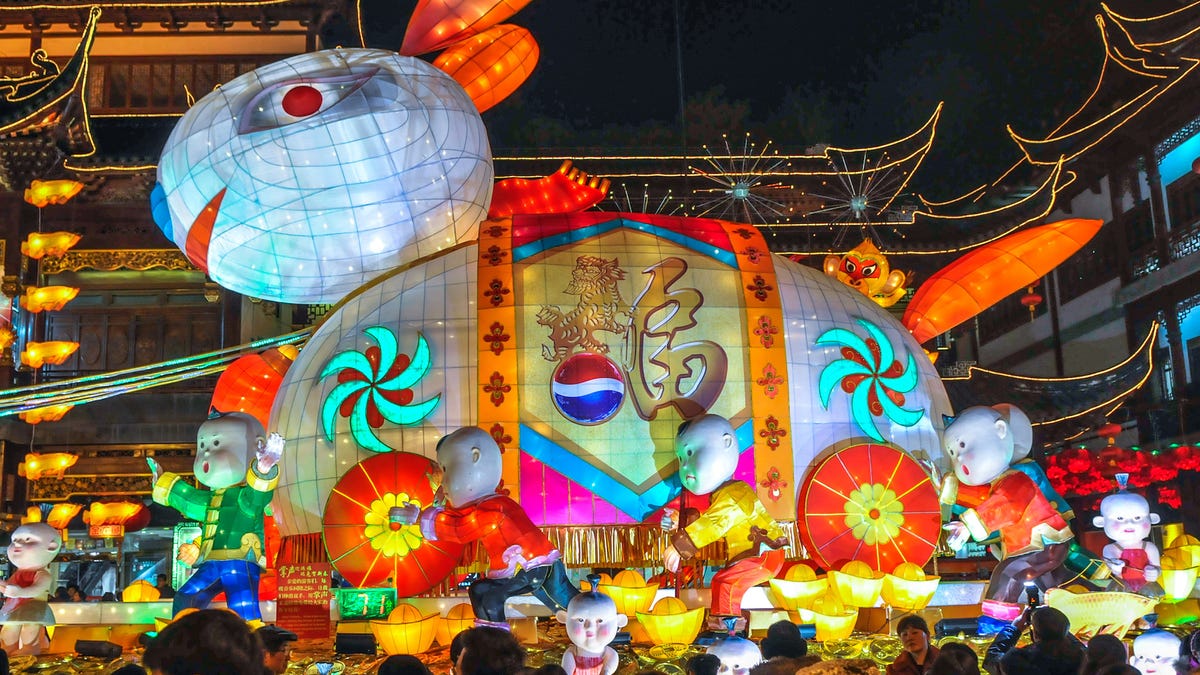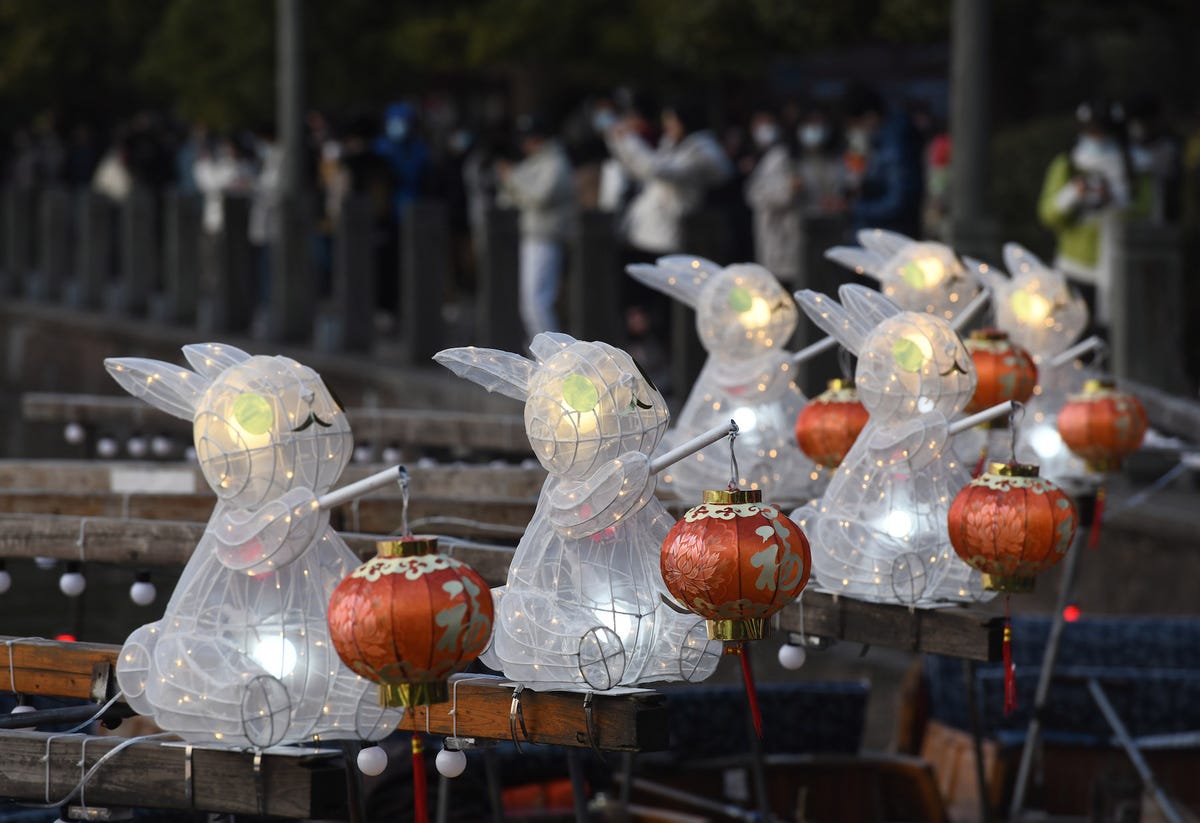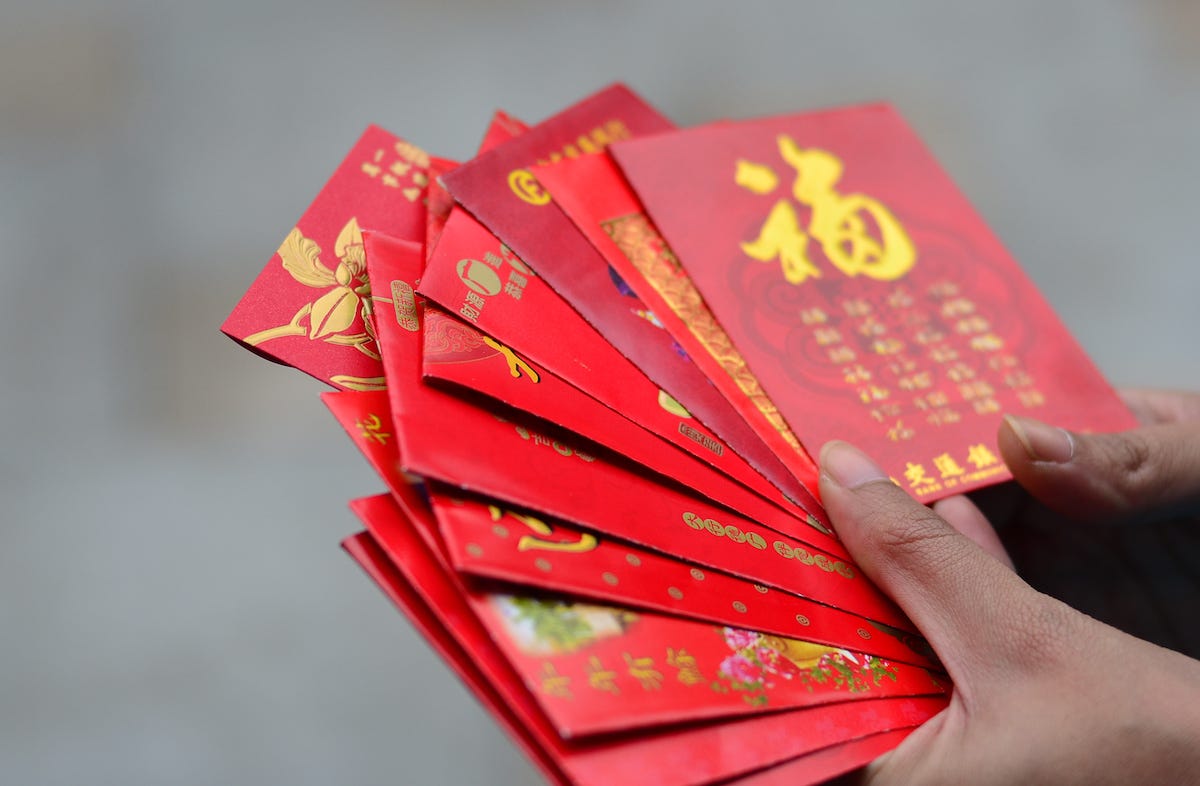
Jan. 22 is the Lunar New Year, heralding the arrival of the Year of the Rabbit.
Zhang Peng/Getty Images
Lunar New Year, also known as the Chinese New Year and the Spring Festival, is celebrated by nearly 2 billion people worldwide. In 2023, Lunar New Year falls on Jan. 22, when participants will say goodbye to the Year of the Tiger and usher in the Year of the Rabbit.
Traditionally it’s a time to honor ancestors and deities, marked by family reunions, parades and fireworks. While based on the Chinese calendar, Lunar New Year is also celebrated in Korea, Singapore, Mongolia, Tibet and Vietnam and in Asian communities around the world.
Here’s everything you need to know about Lunar New Year and the Year of the Rabbit.
What is Lunar New Year?
More than just the beginning of a new calendar cycle, Lunar New Year represents reunion and rebirth, marking the end of winter and the start of spring.
According to one legend, a monster would emerge from under the Earth at the start of every year and eat villagers. Since the monster, Nian (Chinese for “year”), was afraid of bright lights, loud noises and the color red, they were used to exile the beast — and have all become associated with the holiday.
When is Lunar New Year 2023?
Many Asian communities historically follow a lunisolar calendar, in which the months are lunar but years are solar. Lunar New Year falls on a different day on the Gregorian calendar every year: In 2023, Lunar New Year’s Eve is Jan. 21 and the new year begins Sunday, Jan. 22.
Though New Year celebrations often start the weekend before and can continue for weeks after, only the first 15 days are considered public holidays.
The Lantern Festival is held on the first full moon of the year to mark the end of the New Year season. In 2023, it lands on Feb. 5.
What animal is being celebrated this year?


Rabbit-shaped paper lanterns for the Lunar New Year celebration on Jan. 22.
China News Service/Getty Images
The Chinese calendar operates on a 12-year cycle, with each year linked to one of a dozen animals — rat, ox, tiger, rabbit, dragon, snake, horse, goat, monkey, rooster, dog and pig.
The year 2023 in the Gregorian calendar is designated the Year of the Rabbit.
The rabbit is the fourth animal in the Chinese zodiac, symbolizing grace, beauty, mercy and good luck. Rabbits are also associated with the moon, because of the mythical Jade Rabbit who lives there.
In the past 100 years, 1927, 1939, 1951, 1963, 1975, 1987, 1999 and 2011 were all rabbit years.
What are the personality traits of people born in the Year of the Rabbit?
People born in the Year of the Rabbit are said to be peaceful, avoiding arguments, criticism and change. According to the Chinese Language Institute, rabbits are also viewed as highly intelligent and tenacious, but can fall prey to jealousy and pessimism.
Famous people born in ta Year of the Rabbit include Albert Einstein, Angelina Jolie, Michael Jordan, Brad Pitt and Frank Sinatra.
How is the Lunar New Year celebrated?


In one Lunar New Year tradition, seniors give children red envelopes filled with money.
Getty Images
Different Asian cultures have distinct ways of ringing in the new year: In Vietnam, where Lunar New Year is called Tết, participants enjoy special foods — like Thịt Kho trứng (braised pork with duck eggs) and bánh chung (sticky rice cakes) — and decorate yellow apricot blossoms and other plants.
In Korea, the first day of the Chinese lunisolar calendar is Seollal, when families exchange gifts and dine on rice cake soup and savory pancakes.
Americans are usually most familiar with Lunar New Year in China, where it’s cause for dragon parades, boat races and fireworks. At the end of the New Year season, the Lantern Festival includes paper lanterns and treats like tangyuan, a dessert of gooey rice balls.
Across Asia, red and gold symbolize good fortune. Many people wear red during Lunar New Year, and children often receive red envelopes stuffed with money.
Families will hold feasts, thoroughly clean their homes and visit shrines to honor deceased relatives.
Could Lunar New Year become a US holiday?
It’s a possibility, though not a likely one for the moment. In early 2022, Rep. Grace Meng, a Democrat from New York, sponsored a bill that would have made Lunar New Year the first federal holiday since President Joe Biden signed a bill recognizing Juneteenth in June 2021.
“With Asian Americans the fastest growing population in our country, and with the popularity of the holiday continuing to grow, it makes sense to make Lunar New Year a federal holiday,” Meng, vice chair of the Congressional Asian Pacific American Caucus, said at the time.
The measure never advanced and Meng hasn’t indicated if she will author similar legislation in the new legislative session.
In September, though, California Gov. Gavin Newsom signed a bill making Lunar New Year a state holiday.
“I am immensely proud of the richness of diversity and backgrounds represented in our state and understand the importance of wanting to see one’s own experience reflected in state holidays,” Newsom said at the time.
